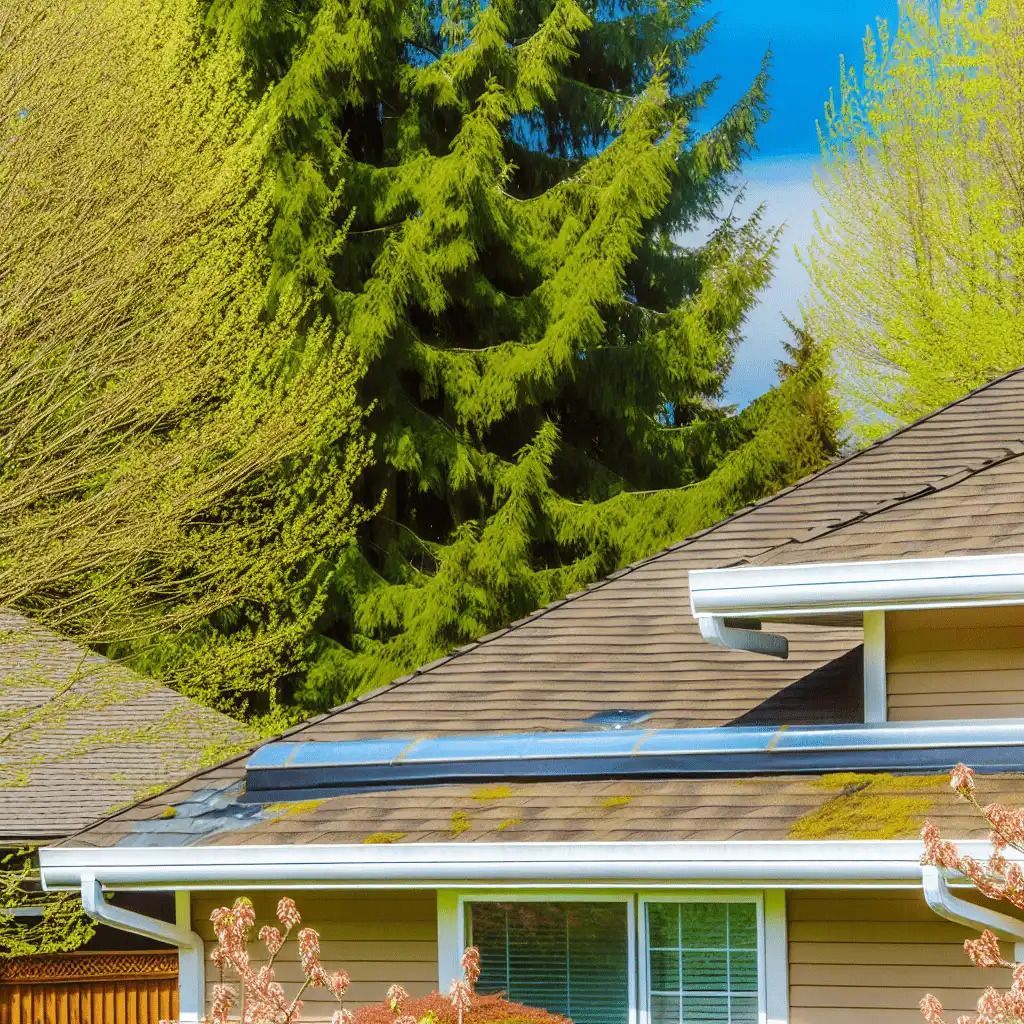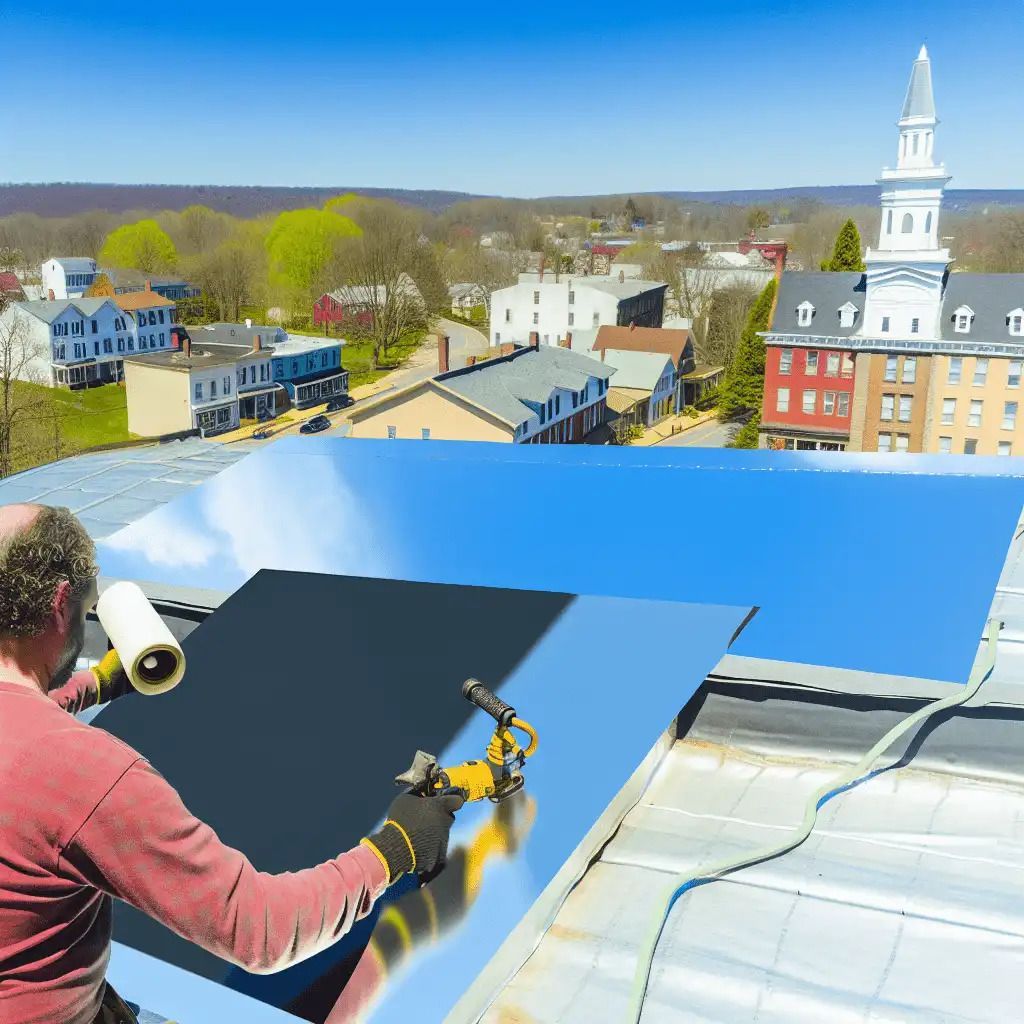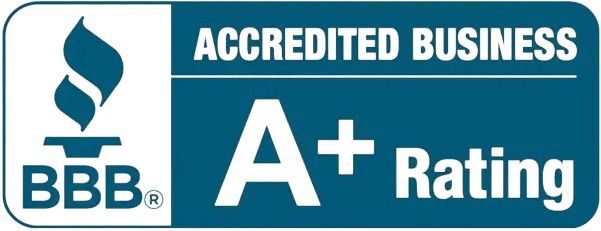TPO Roofing vs Traditional Roofing: Key Differences Homeowners Must Know
Choosing Your Protector: The Roof Over Your Head
Think of your roof as the steadfast sentinel watching over your cherished home and loved ones. Every decision you make about your roofing materials can ripple through the years, affecting not only shelter but also your wallet. For residents of Cranberry Township, the annual cycle of seasons brings a reminder that the roofing choice you settle on will need to stand firm against the unpredictable climate. It’s not just about aesthetics; it’s about practicality, efficiency, and comfort. As we delve into the world of TPO roofing and how it measures up against traditional methods, let’s unravel the threads of complexity surrounding this modern roofing marvel.
Amidst the tranquil streets of Cranberry Township, a silent revolution in roofing unfolds with TPO’s rapidly growing acclaim. But what is it about TPO roofing that’s capturing homeowners’ attention? Versatility is its hallmark, promising not just a roof, but a shield optimized for energy conservation and endurance. The intrigue isn’t centered solely on what TPO offers, but also on the keen advantages it holds over the roofs we’ve sheltered under for decades. In this article, we’re going to lay out all the cards, examining why TPO roofing’s upfront costs represent an investment into your home’s future.
Seasons in Pennsylvania swing from sweltering summers to frigid winters, and your choice of roofing plays a pivotal role in managing home temperatures. The intelligent design of TPO roofing materials reflects away sunlight, and their insulating properties keep you cooler when the heat is on. While traditional roofing can come with a smaller initial price tag, it often lacks the same energy-smart composition. By acknowledging the climatic demands of Cranberry Township, TPO positions itself as a forward-thinking contender in roofing. Stay tuned as we explore how the impact of your roofing selection extends beyond mere shelter, promising ongoing energy savings and a sturdy guardian against the elements.
Unveiling TPO Roofing Technology
As we peel back the layers of roofing science, the ingenuity behind TPO – Thermoplastic Polyolefin – becomes clear. This single-ply roofing membrane has been engineered for both performance and longevity, quintessential qualities sought by homeowners. Its strength lies in the unique composition that combines rubber’s flexibility with the durable attributes of PVC roofing systems. With a proven ability to endure over two decades, TPO stands as a testament to modern roofing innovation. Such resilience, especially in Cranberry Township’s varied climate, is invaluable for homeowners looking to make a long-term investment.
Traditional roofing, with its familiar asphalt shingles, has provided reliable coverage for countless homes through the years. However, the winds of change are blowing through Cranberry Township, prompting questions about efficiency and adaptability. While initial costs for traditional roofing might appear tempting, savvy homeowners are probing deeper, evaluating the total lifecycle expenditures. Moreover, asphalt shingles require more repairs and replacements over their lifespan, factors that cumulatively influence long-term expenses. At CE Little Contracting, we understand these considerations and guide homeowners toward choices that align with both their immediate and future needs.
The cloak of tradition is heavy, but the envelope of innovation envelops us with advancements in TPO roofing that echo the environmental consciousness of today. Eco-friendly characteristics, such as TPO’s high recyclability and its impressive solar reflectance, are meriting applause from environmentally aware residents. TPO wins favor not just for its green footprint but also for the way it positively impacts the energy efficiency of buildings. As we navigate the choices available, it’s clear that TPO roofing emerges as a strong competitor on multiple fronts. Its synthesis of robustness, eco-sustainability, and cost-effectiveness places it high on the list for modern construction considerations.
Final Reflections on Roofing Choices
The decision homeowners face when selecting roofing is not just about today’s shelter, but also about tomorrow’s legacy. In Cranberry Township, the seasons march on, each with their own set of challenges for the roofs above our heads. Traditional roofing has stood the test of time, offering a known quantity with a legacy of use, but also brings a commitment to maintenance and more frequent replacements. On the other side of the coin, TPO roofing emerges as a forward-thinking solution, armed with features that promise to redefine our relationship with our homes. It offers not only refuge from the elements but also a partnership in sustainability and efficiency.
When it comes down to the numbers, the initial investment in TPO roofing can pay dividends in the forms of energy savings and reduced maintenance costs. Drawing upon CE Little Contracting’s expertise, individuals can gain a clearer understanding of how TPO’s innovative features translate into tangible, long-term benefits. Consideration of factors such as ROI and ecological impact can guide the discerning homeowner towards a roofing solution that fits both their values and their budget. The essence of this decision lies in assessing not only the up-front costs but also the cumulative benefits that unfold over the lifecycle of the roofing system. Engage with our team to discover which roofing option aligns with your long-term home goals.
In conclusion, whether it is the dependable traditional roofing or the modern TPO option, each choice comes with its own set of implications for your family’s habitat. TPO’s properties, such as its heat-reflective surface and robust material, are reshaping expectations in the roofing industry. This battle-tested material is demonstrating its mantle in seasonal resilience, standing as a bulwark against Cranberry Township’s weather whims. As we close this exploration, our invitation stands: allow the experienced professionals at CE Little Contracting to partner with you in navigating this crucial choice for your domicile. Investing in roofing is investing in peace of mind, and we are dedicated to facilitating that decision.
Roofing Insights From the Pros
Tip 1: Consider long-term savings when weighing TPO against traditional roofing. Although TPO might have a higher initial cost, the energy savings and durability provide value over time.
Tip 2: Always have your current roof structure evaluated by a professional to determine the suitability of TPO roofing, since it may require additional support due to its installation process.
Tip 3: If you’re in a region with extreme weather conditions, TPO’s heat-welded seams provide excellent resistance to leaks and wind uplift, a significant advantage over some traditional roofing methods.
Tip 4: When considering TPO, factor in its environmental benefits such as recyclability and solar reflectance, which contribute to a lower carbon footprint compared to many traditional roofing options.
Tip 5: Before finalizing your choice, consult a roofing expert on the warranty specifics for both TPO and traditional roofing materials. A comprehensive warranty can offer peace of mind and protection for your investment.
Your Roofing Questions Answered
What is the average life expectancy of TPO roofing compared to traditional roofing materials?
TPO roofing typically has a life expectancy of 20 to 30 years, outlasting many traditional roofing materials such as asphalt shingles which average 15 to 20 years, depending on weather conditions and maintenance.
How does the cost of TPO roofing installation compare to that of traditional roofing?
TPO roofing installation generally costs more upfront compared to traditional materials like asphalt shingles, but the longevity and energy savings can make it more cost-effective over time.
Are there any specific maintenance requirements for TPO roofing that differ from traditional roofing?
TPO roofing requires minimal maintenance, primarily regular inspections and cleaning to remove debris, which is generally less than what’s required for maintaining traditional roofing systems.
Can TPO roofing improve the energy efficiency of my home or building?
Absolutely, TPO roofing’s reflective surface dramatically improves energy efficiency by minimizing heat absorption, reducing the need for air conditioning in warm months.
What environmental factors should I consider when choosing between TPO and traditional roofing materials?
Consider the roofing material’s recyclability, energy efficiency, and how it handles extreme weather—TPO excels in these areas, making it an environmentally favorable choice.
Visit us through our social media page for up to date news and new projects we’re working on.






